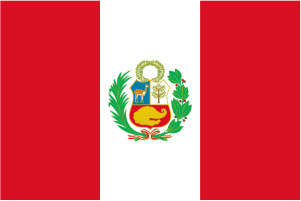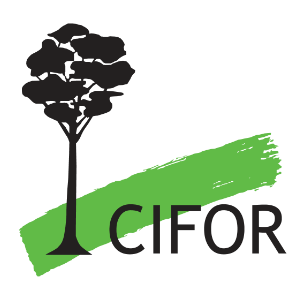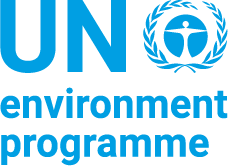
Tropical peatlands in the Peruvian Amazon exhibit high densities of Mauritia flexuosa palms, which are often cut instead of being climbed for collecting their fruits. This is an important type of forest degradation in the region that could lead to changes in the structure and composition of the forest, quality and quantity of inputs to the peat, soil properties, and greenhouse gas (GHG) fluxes. We studied peat and litterfall characteristics along a forest degradation gradient that included an intact site, a moderately degraded site, and a heavily degraded site. To understand underlying factors driving GHG emissions, we examined the response of in vitro soil microbial GHG emissions to soil moisture variation, and we tested the potential of pneumatophores to conduct GHGs in situ. The soil phosphorus and carbon content and carbon-to-nitrogen ratio as well as the litterfall nitrogen content and carbon-to-nitrogen ratio were significantly affected by forest degradation. Soils from the degraded sites consistently produced more carbon dioxide (CO2) than soils from the intact site during in vitro incubations. The response of CO2 production to changes in water-filled pore space (WFPS) followed a cubic polynomial relationship with maxima at 60–70% at the three sites. Methane (CH4) was produced in limited amounts and exclusively under water-saturated conditions. There was no significant response of nitrous oxide (N2O) emissions to WFPS variation. Lastly, the density of pneumatophore decreased drastically as the result of forest degradation and was positively correlated to in situ CH4 emissions. We conclude that recurrent M. flexuosa harvesting could result in a significant increase of in situ CO2 fluxes and a simultaneous decrease in CH4 emissions via pneumatophores. These changes might alter long-term carbon and GHG balances of the peat, and the role of these ecosystems for climate change mitigation, which stresses the need for their protection.
Download:
 file
file

- Authors: van Lent, J., Hergoualc'h, K., Verchot, L.V., Oenema, O., van Groenigen, J.W.
- Author Affiliation: International Center for Tropical Agriculture, Center for International Forestry Research
- Subjects: peatlands, swamps, greenhouse gases, soil
- Publication type: Journal Article, ISI
- Source: Mitigation and Adaptation Strategies for Global Change 24(4): 625-643
- Year: 2019
- DOI: https://doi.org/10.1007/s11027-018-9796-x



















